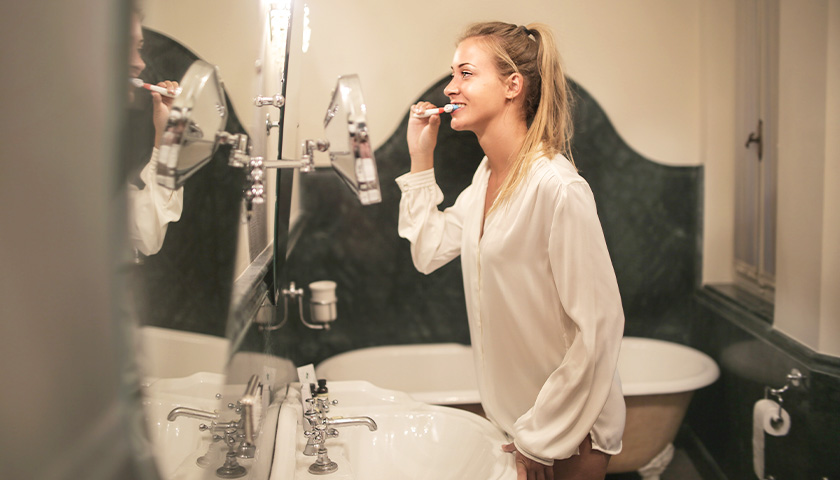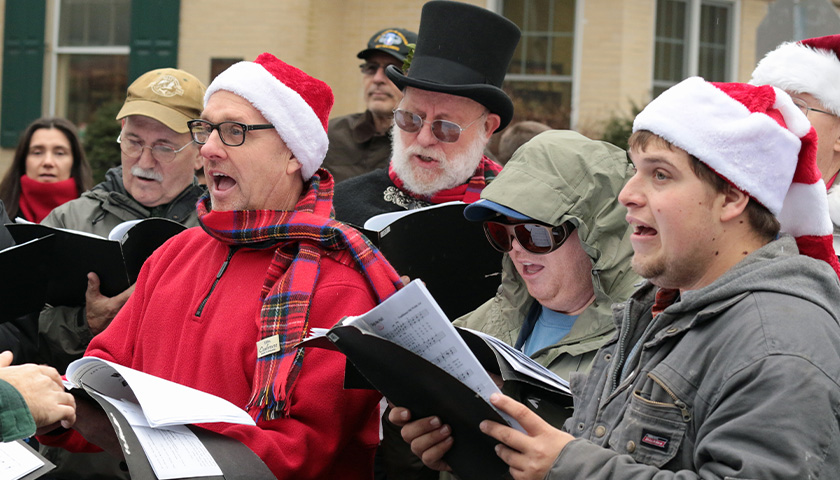by Ross Pomeroy
For people sleeping in close proximity to someone else, the first yawn in the morning can be chemical warfare.
“Yuck, your breath reeks!”
Yes, morning breath can be quite foul. Decreased saliva levels during sleep prevent normal flushing of oral bacteria. As you lie immobilized at night, they can rapidly proliferate, emitting foul-smelling chemical compounds in the process.
Researchers at the University of Helsinki recently sought to characterize these gases in unprecedented detail. So they recruited fifteen men and fifteen women, all healthy and between the ages of 21 and 63, to hold their breath for five seconds then exhale into a 1.3-Liter sampling bag immediately after waking up. Subjects then brushed their teeth as they normally would and repeated the breath-collecting process. They returned their sampling bags to the laboratory the same day.
When the scientists analyzed the morning breath samples using mass spectrometry, they found sulfur compounds like methanethiol and dimethyl sulfide to be present in large amounts, and clearly contributing to the putrid smell. Chemist Derek Lowe previously described the odor of these sulfur compounds as “the smell of things that will kill us – rotten food, dangerous vapors, probably carnivore excretion/body odors as well”. Thankfully, noxious breath isn’t deadly. Another thing to be thankful for: the researchers found that methanethiol – likely the greatest contributor to morning breath – was reduced by an average of 62% after brushing. Other odor-contributing compounds were also diminished by brushing, but only by around 10% or so.
“Our results corroborate the earlier consensus that methanethiol is one of the main culprits of oral malodor,” the researchers commented.
Other chemicals adding ‘flavor’ to morning breath included acetic acid, associated with vinegar, acetaldehyde, which smells like green apples, ammonia, and isoprene, adding a hint of ‘rubber’. The exact chemical make-up of someone’s morning breath is determined by diet, health, and their mouth microbiome.
The study was published September 2nd to the Journal of Breath Research.
Source: Kajsa Emilia Roslund et al 2022 J. Breath Res. in press https://doi.org/10.1088/1752-7163/ac8ec8
– – –
by Ross Pomeroy is a writer for RealClearScience.
Photo “Woman Brushing Teeth” by Andrea Piacquadio.




